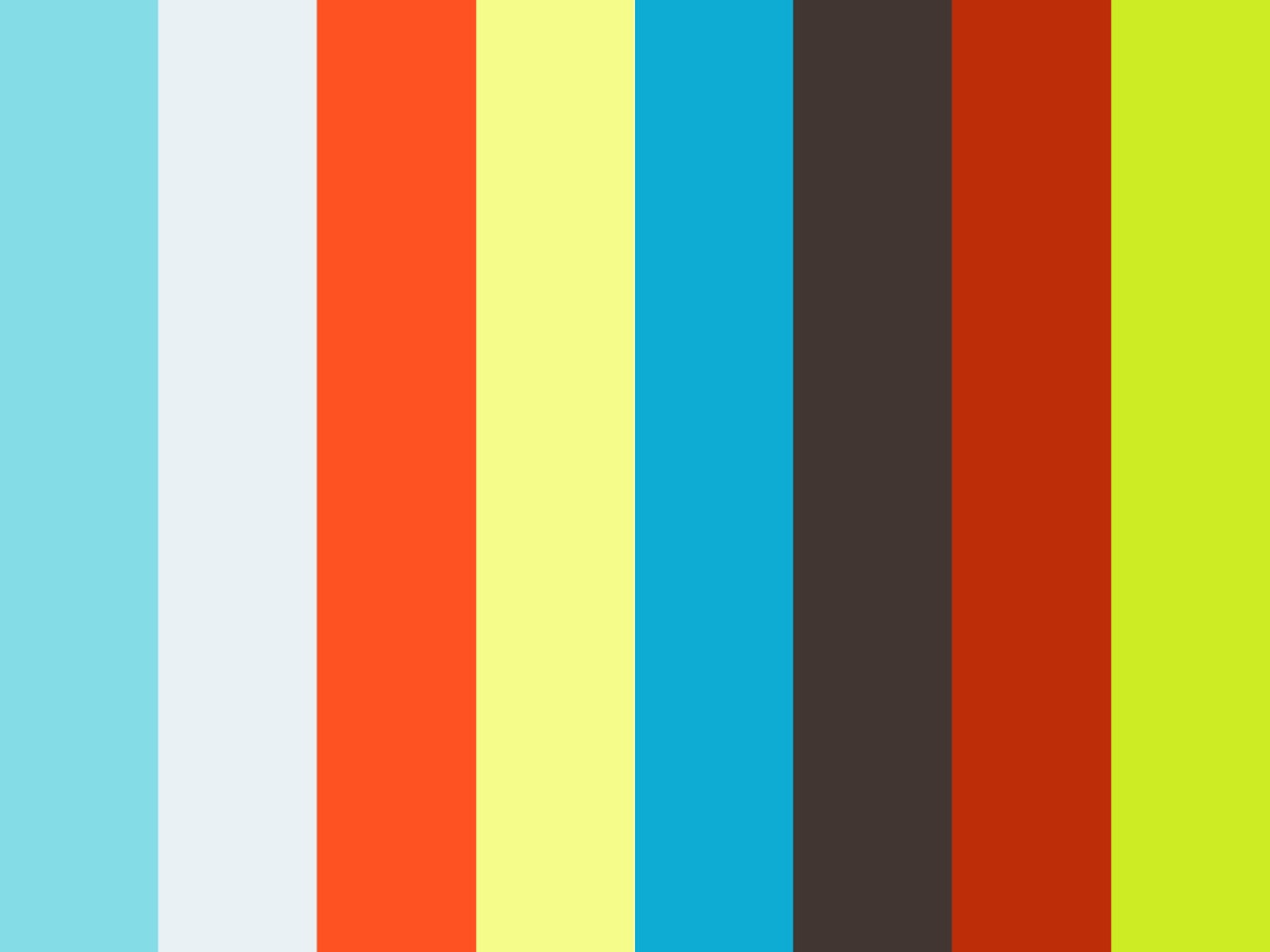The importance of smartphones in our lives is unquestionable. In the past decade, we've entered a world of constant connection; being unreachable is unimaginable and getting lost is simply unacceptable when you have a GPS in your hand.
Now that smartphones are a key element of our everyday lives, a new wave of products is invading the market. Wearable technology is not a thing of Sci-fi movies anymore, it’s the present—and it’s here to stay. As high-tech products like smart-watches and wristbands are taking over store shelves, companies are competing head-to-head to be the first to say “this what true innovation looks like.” And although they have defined smart as functional, that doesn’t mean many fashionistas are ready to embrace the cyber look yet.
Fashion is about aesthetics, not merely functionality. Vanity is an essential part of it, and the U.S. market is simply not ready to jump into a pool of futuristic accessories. In general, craftsmanship is costly, and society is still not ready to sacrifice a Rolex for a RoboCop-like watch. Today’s devices deliver on the “Hey, I wonder how many calories I burnt today” but not on the “ Awesome! This bracelet goes well with half of my closet.”
High usability and an appealing look are the ultimate goals for companies that are looking to be pioneers of the wearable-tech trend. The need to be the first has driven many companies to overcrowd a market that is not even fully formed. So, in order to have an easier transition into consumer minds, a few tech and fashion companies have joined forces. For example, Fitbit announced a partnership with Tory Burch on a collection of bracelets, pendants and wristbands. The hardware giant Intel has plans to collaborate with Opening Ceremony, Barneys New York and the CFDA on some new projects.
But by far, the gadget that is the talk of the town is Google Glass. I’m sure you have already seen a few early adopters around and about. They look like a social experiment—half man, half machine. I’ve even witnessed a couple of people stopping them on the street to take pictures with these new humanoid-like breeds.
Nevertheless, Google evaluated these behaviors and is very much aware of what needs to be done to make this product a hit. They understand that consumers now see style and technology as synonyms. Google’s plan? They recently released four different glass frames that fit the Google Glass hardware. The more variety they offer, the more likely they are to appeal to our sense of style.
Every successful tech company in the past decade that has effectively balanced the mix between look and functionality has revolutionized the market. Nike is the perfect example of a company that is successfully leading the market because they understand this simple premise: It's not just whether you have the latest and greatest technology, it's how you wear it that matters.
The bottom line is that people want to adopt new technologies, but they want to do so while looking as sleek and fashionable as possible. Sacrificing personal style for the “now I can make a call from my wrist” look might not be the best option. It will be interesting to see how leading companies will incorporate fashion into the new wave of tech before we all end up looking like extras from a Star Trek movie.





